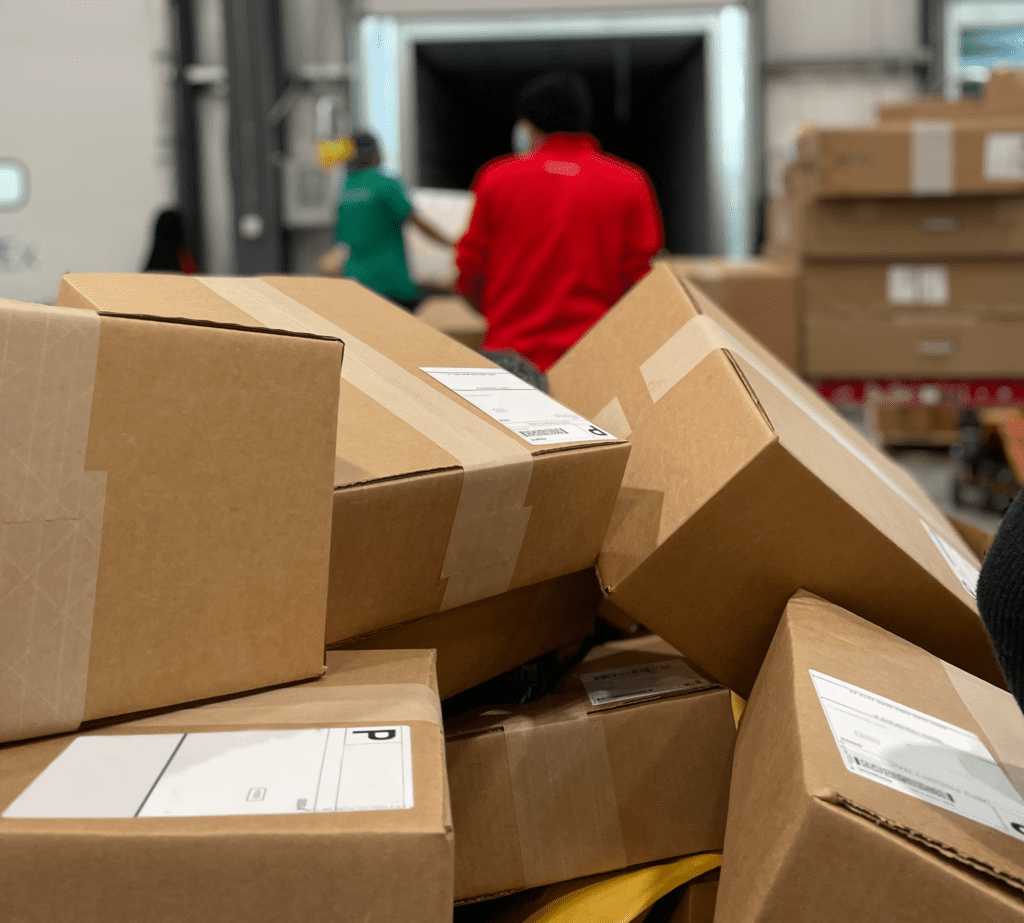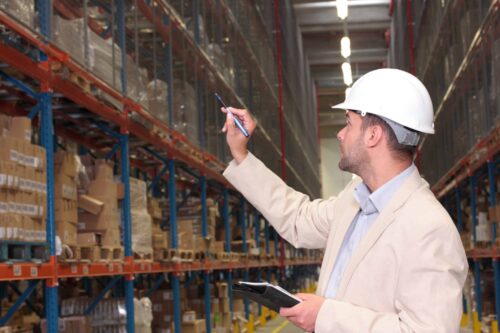For most companies, you might run into the need of shipping your products in bulk to your customers. You may ask yourself, “what’s the best shipping method for me?” With packages that are smaller or under 50 pounds, consider utilizing a floor loaded container. If you want to learn more about floor loaded containers and if it’s the best option for you, keep reading.
What is a floor loaded container?
Floor loaded containers are shipping containers that are loaded from floor to ceiling with packages. With this method, you won’t need to use pallets. However, floor loaded containers are used only for smaller or lighter packages. If your items are bulky and heavy, you might need pallets. Palletization is placing a set of boxes or products onto a pallet. Figuring out which shipment option works best for your product is essential before sending your product out.

Is it an option for your shipment?
In most cases, businesses are limited to one shipment method or the other. For example, your business might need to consider palletized shipping over floor loaded containers if your company sells vases or other fragile items. Why? Fragile items are more susceptible to breaks due to the weight of other items stacked on top of them inside a floor loaded container.
With shipment restrictions, floor loaded containers could be the best and possibly the only option. For the safety of warehouse workers, most companies like Amazon have a weight restriction of 50 pounds — packages larger than 50 pounds should be palletized. Reviewing restrictions from sources like NMFTA or Amazon Seller Central can help you make the final decision. Amazon has strict policies for floor loaded containers that they receive, so it’s important for an eCommerce company to review their guidelines before shipping Amazon orders. If floor loaded containers are an option for you, it’s time to weigh the pros and cons.
Traditionally items like large spools of cable and pipes use floor loaded containers while kitchenware, electronics, and fragile products use pallets.
Pros and cons of floor-loaded containers
Before you make your final decision on choosing floor loaded containers, it’s important to weigh out the strengths and weaknesses of this shipping method. For starters, floor loading a container is cost efficient when shipping. Since you are skipping on the pallets, you are able to reduce the weight of your load and fill more products into your container. This method is perfect for bulky and durable items like tires, rugs, and logs.
However, you need to consider the extra fees for loading and unloading your items. You will pay extra labor costs because your shipment will be loaded and unloaded by hand. Time is another thing to think about when choosing this shipping option. Because your 3PL provider is packing your container manually, it also means that scanning products as they are loaded and unloaded will also need to be done by hand as well.
How to load a floor loaded container
Like we mentioned before, floor loaded containers need additional labor to expertly load your products. To ensure the safety of your products as they journey outside of the warehouse, it’s important to know how to properly load your container.

Best practices for floor loading containers
For the fans of Tetris, a floor loaded container might be right up your alley. By loading your container from floor to ceiling, you have to make sure boxes fit seamlessly to ensure limited movement when on the road. In most cases, your boxes will be different shapes and sizes, and you have to skillfully arrange boxes to fit.
Heavier packages should be placed on the bottom while lighter items are placed on top. And to keep packages from shifting during transit, you can utilize bars and straps to secure packages — a great replacement for plastic that is primarily used in palletized shipping.
Lastly, you need to think of total container weight when packing your items. Try to keep your weight evenly distributed throughout the container to ensure you keep within weight requirements. If your container is overweight, you will encounter additional charges to ship your products.
Key best practices:
- Heavier packages on the bottom
- Lighter packages stacked on top
- Utilize bars and straps to secure packages
- Ensure even weight distribution
Expertise in Floor Loaded Containers
A great way to ensure that your packages are professionally stacked and secured during shipping is to go through a 3PL company. Your 3PL will process your inbound shipments more quickly. For example, Red Stag Fulfillment specializes in floor loaded containers. Unloading inbound freight from a floor loaded container usually incurs an extra handling charge because the containers must be unloaded by hand.

If you need help with shipping your products and think floor loaded containers are your best option, let us know. We can help you decide on the best shipping methods for your company and ensure your packages reach your customers safe and sound.











